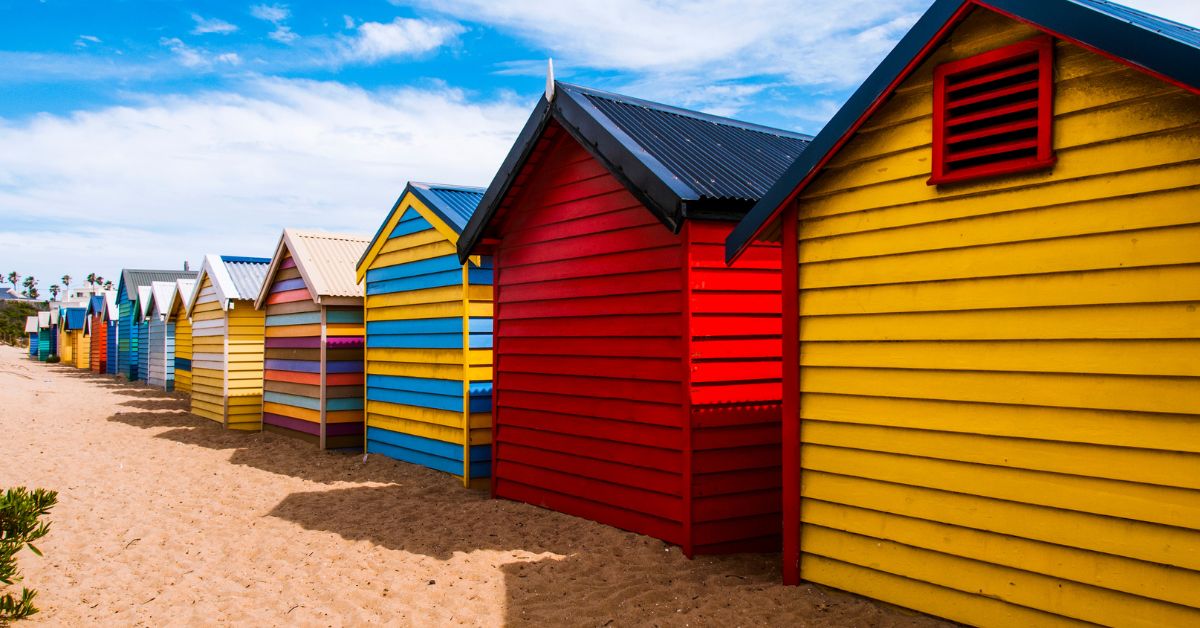
02 Feb How to Pick the Right Color for Your Roof
Choosing the Right Color for Your Roof: A Guide to Boosting Curb Appeal and Energy Efficiency
Your roof plays a significant role in defining the look and feel of your home. Selecting the ideal roofing color enhances your home’s curb appeal and can impact its energy efficiency. Here’s a guide to help you choose the best roof color for your home.
Consider the Climate
Temperature Impact
Believe it or not, the color of your roof can affect the temperature inside your home. Dark-colored shingles absorb heat, making them warmer than the actual outside temperature, which can help retain warmth in colder climates. However, in warmer regions like South Florida, this can make your home feel much hotter.
Light Colors for Cooler Homes
Light-colored shingles reflect sunlight and heat, keeping the roof up to 50–60 degrees cooler than darker options. This can help reduce air conditioning usage, saving on energy costs. Lighter shingles, combined with proper ventilation and insulation, create a cooler home environment, making them ideal for warmer climates.
Achieving the Look You Want
Aesthetic and Curb Appeal
Roofing can account for up to 40% of your home’s external appearance, so give it as much thought as your interior design. Your roof color should enhance curb appeal and harmonize with the overall look of your home.
Classic Neutrals and Trendy Colors
Neutral shades—cream, tan, brown, gray, or black—are timeless and boost resale value. For a trendier look, consider combining shades within the same color family or opting for low-contrast colors to camouflage imperfections or high-contrast colors to emphasize architectural features.
Coordinating Roof and Exterior Colors
Matching Exterior Elements
Your roof color should complement the exterior color of your home. For instance, dark roofs like black or gray pair well with white homes, while light gray, blue, or green roofs work nicely with cream or tan homes. For bold-colored homes like red, yellow, or green, black, gray, or brown roofing creates a balanced look.
Permanent Exterior Features
Consider the permanence of materials like brick, stone, or stucco. While wood siding can be repainted, brick, masonry, and other durable materials cannot. Choose a roof color that enhances these elements.
Mixing Patterns Carefully
Balancing Patterns and Textures
If you enjoy bold design, you can experiment with patterns on your roof. However, avoid overwhelming the exterior by using multicolored shingles with patterned siding. Instead, balance large and small prints or complementary colors to achieve a harmonious look.
Accentuate Architectural Details
A well-chosen roof color can highlight the unique architecture of your home. The steeper your roof, the more visible it is, so choose a color that complements and draws attention to your home’s style.
Test Colors in Different Lighting
Evaluating Color in All Light Conditions
Lighting can drastically change how a color appears. Be sure to view roof color samples at various times of day and in different lighting conditions. Remember that light in South Florida may make colors appear warmer, so that pale blue shade that looks perfect online may look quite different on your home.
Consider Material Options
Choosing Durable Roofing Materials
If you’re completely redoing your roof, think about the material as well as the color. Clay tiles retain their color over time, while concrete tiles offer more color choices and mimic materials like slate or wood. Choose materials that fit both your aesthetic and practical needs.
Neighborhood Guidelines and Harmony
Neighborhood and HOA Standards
Before settling on a color, check for any neighborhood or homeowner association guidelines. Even if there aren’t rules, aim to select a color that harmonizes with neighboring homes without blending in too much.
Consult with Roofing Experts
Whatever your roofing needs—whether choosing a new color or undergoing a full replacement—consult with professionals for the best results. Caldwell Roofing is here to help. Give us a call at 561-392-0971 for expert roofing services in Palm Beach County and Broward County.
Enhance your home’s look and comfort with the right roof color, tailored to your style and South Florida’s climate.

